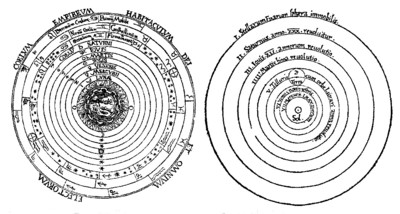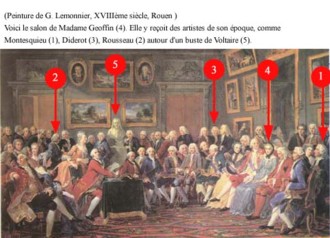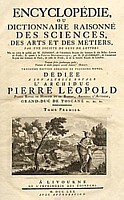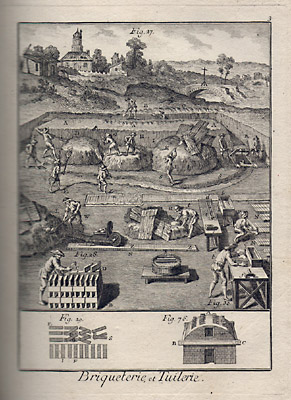| Survey
Results (back to top)
220 students are currently
enrolled in the course. By Wednesday evening 162 had taken the survey.
- Where were they from?
149 (92%) from California, 3 from the West, 3 midwest, 3 east, 0 south,
4 non-US.
- What majors?
46% history, 10% more humanities for 56% total; 37% social sciences,
6% natural sciences
- What class year?
27% freshmen, 33% sophomores, 28% juniors, 17% seniors
- Why are they taking this course?
47% GE requirement, 36% major requirement, 11% interest, 6% other reasons
- Who has taken other Hist 2 or Hist 4 courses already?
5 have taken 2A, 12 2B, 11 2AB (25% total); 19 some Hist 4, 12 both
2&4 (19% total);
62% neither 2 nor 4.
- What is your religion?
none 32%, Christian 46%, Jewish 8%, Muslim 1%, Hindu/Buddhist 6%, other
7%
For comparison here are some figures for the US population as a whole
(2001 ARIS study):
none 14%, Christian 76%, Jewish 1.3%, Muslim .5%, Buddhist/Hindu 1.2%,
other 7%
World religions statistics (infoplease/Encyc.Britt., Wikipedia/adherents.com):
none 13%, Christian 33%, Jewish .22%, Muslim 20%, Buddhist/Hindu 13+6=19%,
Chinese traditional 6%, primal-indiginous 6%
- Family income (ignoring family size and marital status):
<$50,000: 28%; $50-100,000: 36%; >$100,000: 36%
- Education level (parents, also grandparents):
parents no college: 17%, some college 22%, BA 22%, post-graduate 23%,
also grandparents some college: 16%. Thus 39% of parents had no
BA, 61% had BA or more.
- Correlation of education level and income (numbers, not percentages):
p.no.col.
p.some col. p.BA p.grad. p+gp BA
>$100,000 1
7
10 24
16
$50-100,000 6
18
15 12 8
<$50,000 21
10
10 2
2
- Political orientation:
Republican 17%, Democratic 50%, Green/Independent 5%, other 18%, don't
vote 9%
- correlation major party orientation to income:
Rep. Dem.
>$100,000 15
3
$50-100,000 8
25
<$50,000
3 35
- What is history?
The past: 6%; knowledge about the past: 26%; interpretations of knowledge
about past: 68%.
The 68% (n=110) breaks down by major into:
25/43=58% undeclared; 39/91=43% humanities; 38/60=63% soc. sci; 8/10=80%
nat.sci.
By class year, this percentage chose "interpretations":
57% of freshmen, 67% of sophomores, 79% of juniors, 68% of seniors.
- Are primary sources necessarily more reliable than secondary sources?
yes 62%, no 38%
(brief discussion: est. number of victims on 9/11/2001; number of hurricane
Katrina victims)
- People in the past thought and behaved in exactly the same way as
people today, only the setting was different for them.
agree 28%, disagree 72%
- What are your goals in the course? (52 text box responses):
48 said to learn (30=62% of 48) or understand (12=25% of 48), better
comprehension, etc.
2 said to learn to think critically or analytically (my goal--I'm out
of sync with this class!)
2: get an "A"; 1: gain an appreciation; 1: learn why secondary
better than primary
|
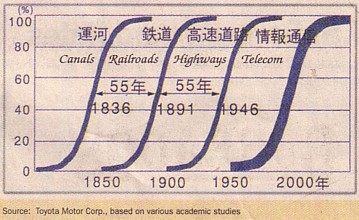
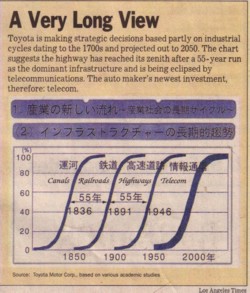
 ,
Pocket Guide to Writing in History, 4th ed., p. 5f:)
,
Pocket Guide to Writing in History, 4th ed., p. 5f:)
